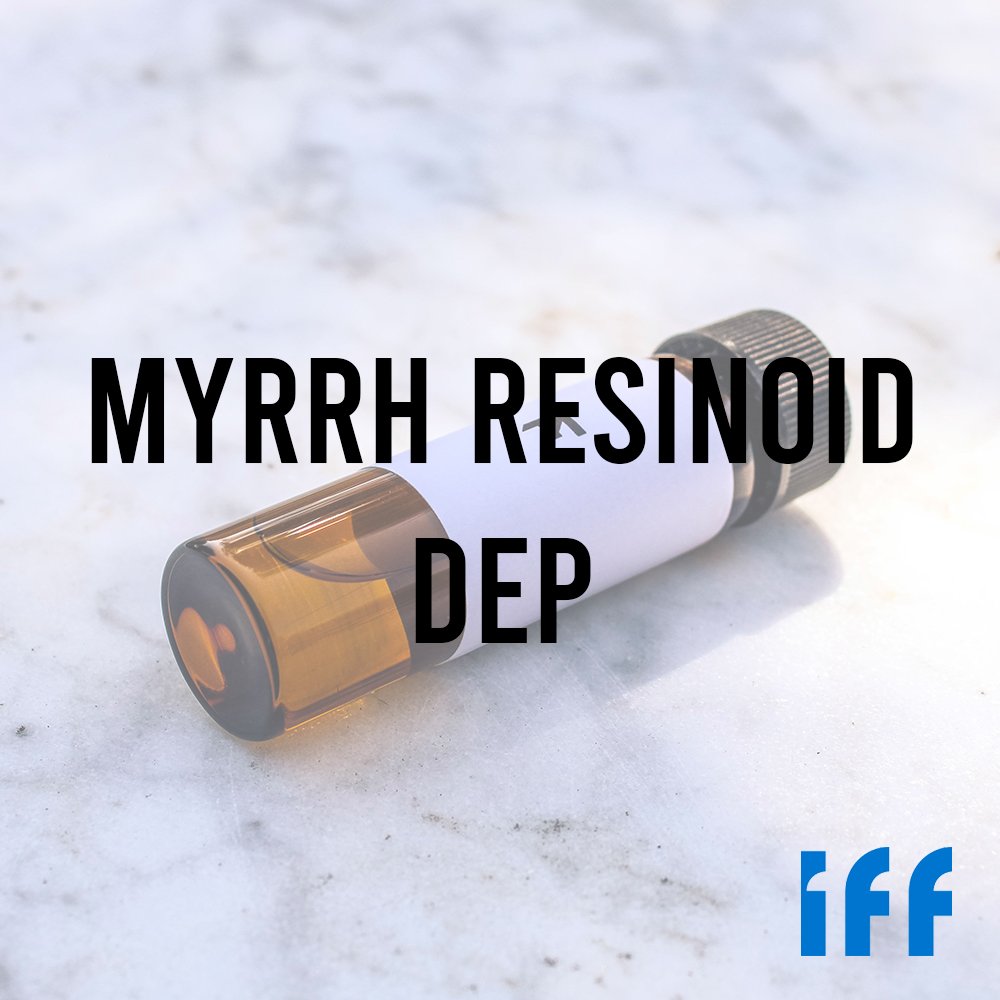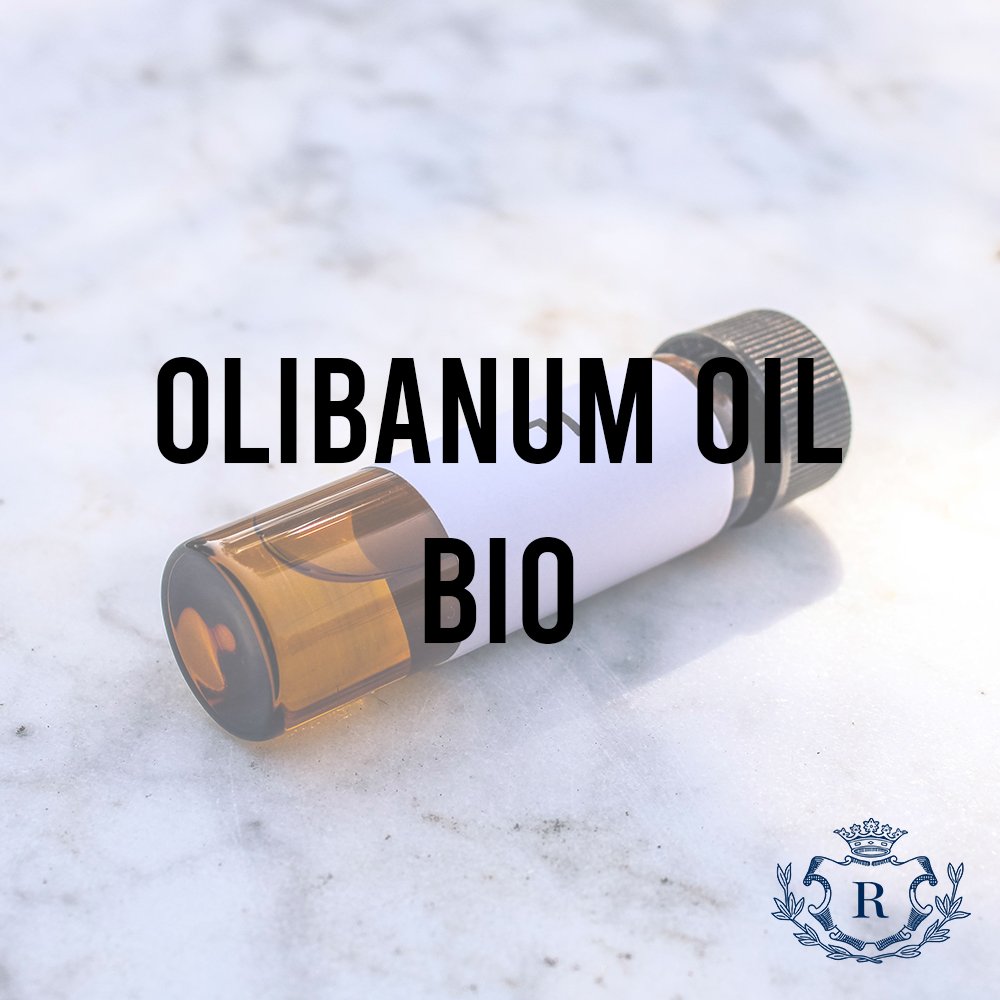Technical Ingredient Overview
🔎 Chemical Name — Benzoin Resinoid (Styrax benzoin resin extract)
🧪 Synonyms — Sumatra Benzoin, Styrax Resinoid, Benzoin Gum, Benzoin Sumatra
🧬 Chemical Formula — Complex natural mixture; no fixed formula
📂 CAS — 9000-05-9
📘 FEMA — 2133
⚖️ MW — Not applicable (mixture of compounds)
📝 Odor Type — Balsamic, vanilla-like
📈 Odor Strength — Medium to strong
👃🏼 Odor Profile — Warm, sweet, resinous, slightly spicy, ambery, vanilla
⚗️ Uses — Base note, fixative, oriental/balsamic/gourmand accords
🧴 Appearance — Thick, viscous brown resin or paste
What is Benzoin Resinoide Sumatra?
Benzoin Resinoide Sumatra is a natural balsamic extract derived from the gum resin of Styrax benzoin, a tree species native to the tropical forests of Sumatra, Indonesia. The material is obtained via solvent extraction of the crude gum, yielding a concentrated resinoid with enhanced olfactory richness and fixative power.
It is chemically complex, composed primarily of benzoic acid derivatives, cinnamic acid esters, vanillin, and coniferyl benzoate, each contributing to its sweet, ambery, and slightly leathery scent profile (Arctander, 1960; Sell, 2006).
Historical Background
The use of benzoin gum traces back to antiquity, particularly in Middle Eastern, Egyptian, and Indian incense and ritualistic practices (Burfield, 2015). Its presence in trade routes and sacred perfumes is well documented. The Sumatra variety became particularly significant during the colonial spice trade era, where its exudates were brought to Europe for use in tinctures, pomanders, and pharmaceutical balms.
The resinoid form—achieved via ethanol or hydrocarbon solvent extraction—entered commercial perfumery more widely in the 20th century, offering improved performance, stability, and concentration compared to traditional tinctures (Sell, 2006).
Olfactory Profile
Scent Family: Balsamic-Amber
Descriptors: Sweet, warm, vanilla, leathery, smoky, slightly spicy
Odor Strength: Moderate to strong
Tenacity: Excellent (acts as a fixative)
Volatility: Low
Fixative Role: Significant
Applications in Fine Fragrance
Benzoin Resinoide Sumatra is indispensable in:
Oriental bases, where it provides depth and warmth
Ambery-gourmand accords, especially when paired with vanilla, tonka, or labdanum
Leathery or incense-like compositions, due to its subtle smoky undertone
Classic French perfumery, especially in base accords that require both sweetness and diffusion
Notable pairings: Cistus Labdanum, Patchouli, Peru Balsam, Opoponax, Sandalwood, Tonka Bean
Examples of use:
Ambre Sultan by Serge Lutens
Cuir de Russie by Chanel
L’Homme Infini by Scentspiracy (hypothetical niche context)
Performance in Formula
Strong fixative capabilities
Excellent blending with balsamic and sweet materials
Compatible with ethanol and dipropylene glycol (DPG) when used at 10–20% dilutions
Best used in base notes, enhances longevity of volatile top and heart materials
Industrial & Technical Uses
Outside of perfumery, Benzoin Resinoide Sumatra plays an important role in:
Pharmaceuticals: Traditionally used in Tincture of Benzoin as an antiseptic and protective agent for respiratory and dermal applications
Flavor industry: Approved as a GRAS flavoring agent (FEMA 2133), imparting sweet balsamic notes to syrups and baked goods (FEMA, 2024)
Cosmetics and personal care: Included for its skin-soothing, aromatic, and fixative properties in balms, ointments, and creams
Incense and aromatherapy: Valued for its warm, grounding character
Regulatory & Safety Overview
IFRA Compliance: Usage restricted due to sensitizing components (e.g., cinnamic esters); consult IFRA 51st Amendment for concentration limits by product category (IFRA, 2023)
GHS Classification: Not classified as hazardous in typical fragrance dilutions; raw form may cause skin sensitization
EU Cosmetics Regulation: Allowed; however, allergens such as cinnamic acid, benzyl alcohol, and vanillinmust be declared if present above thresholds
FEMA Status: 2133 — GRAS for food and flavor use (FEMA, 2024)
REACH: Registered; data available under ECHA and PubChem databases
Toxicology: Low acute toxicity; caution advised in high concentrations or prolonged exposure due to allergenic potential
References
Arctander, S. (1960). Perfume and Flavor Materials of Natural Origin. Self-published.
Burfield, T. (2015). Natural Aromatic Materials: Odours & Origins. Plexus Publishing.
Sell, C. S. (2006). The Chemistry of Fragrances (2nd ed.). Royal Society of Chemistry.
IFRA. (2023). IFRA Standards – 51st Amendment. International Fragrance Association. https://ifrafragrance.org
FEMA. (2024). FEMA GRAS Flavor Ingredient Library. Flavor and Extract Manufacturers Association. https://www.femaflavor.org
PubChem. (2024). Styrax Benzoin Resin Extract (CAS 9000-05-9). National Library of Medicine. https://pubchem.ncbi.nlm.nih.gov











